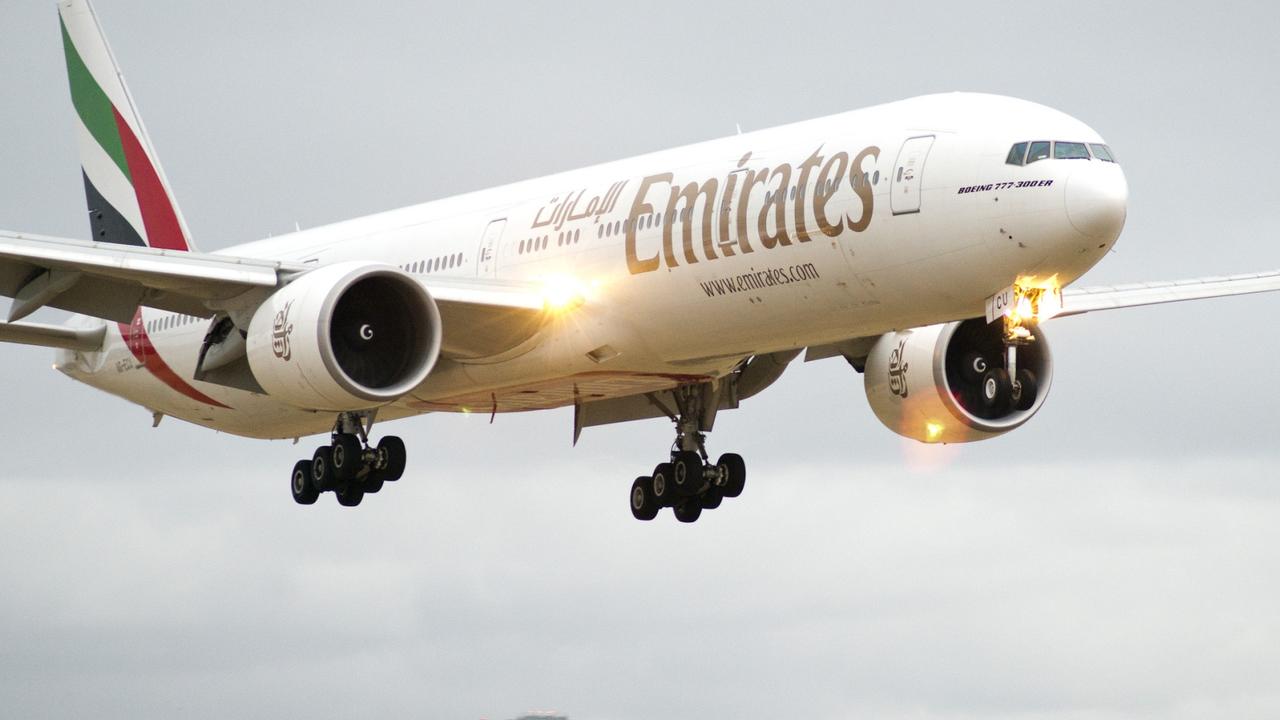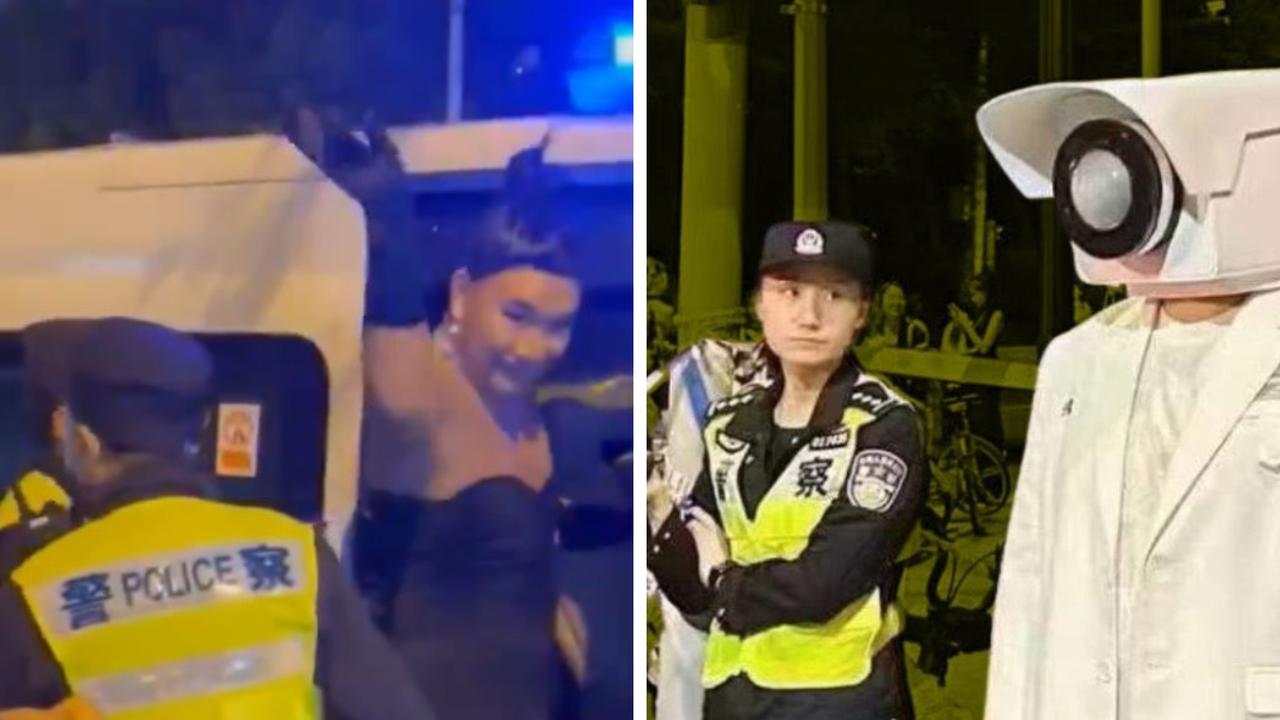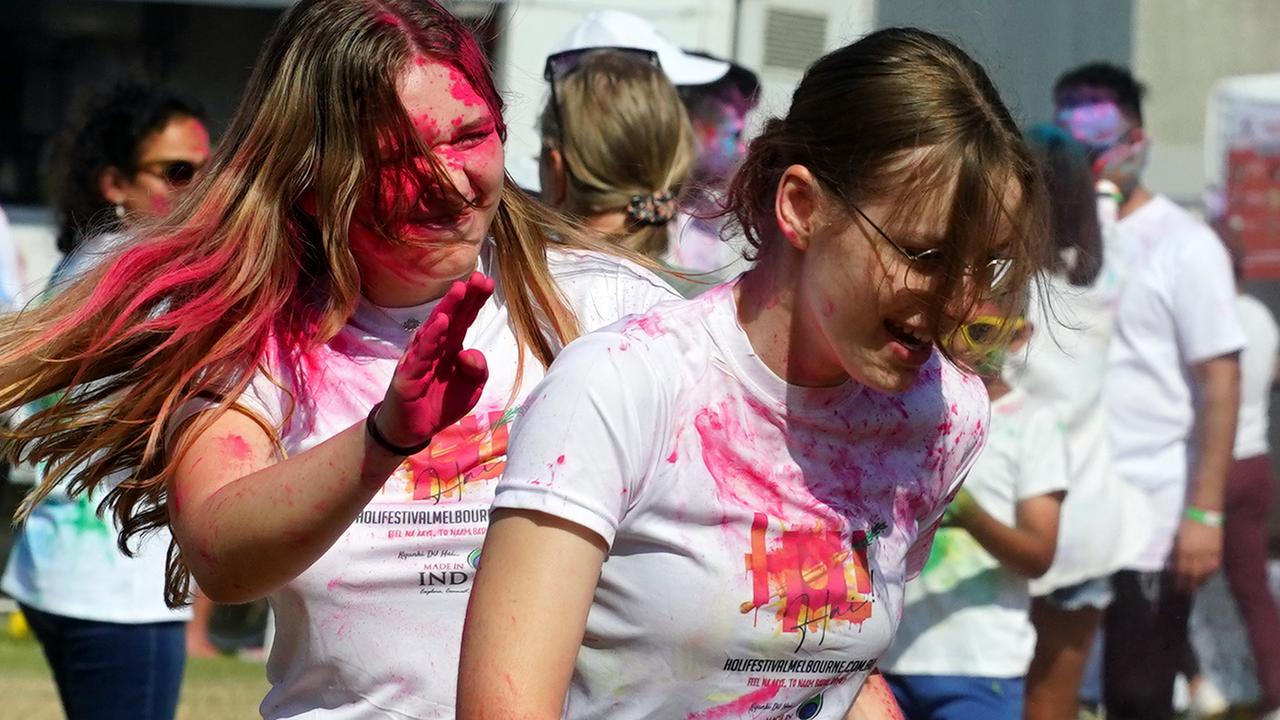Surprising tourist attractions where it’s illegal to take photos
These are some of the most iconic tourist spots in the world but photos are actually banned – so if you’ve got a snap from there, you’ve broken the law.

There are certain tourist attractions so popular, people will travel across the globe to see them. But despite the Insta-era we live in, some won’t let you leave with a souvenir snap.
And flouting the rules could get you into big trouble.
While some attractions have banned photographs to protect the exhibits, especially from flash photography, others have different reasons.
Some cite the act of taking photographs as inappropriate if they are a religious place, while others have said tourists are being disrespectful.
For example, pictures cannot be taken inside Westminster Abbey in London, with the website explaining: “We believe that the unique beauty and history of the Abbey are difficult to enjoy with the distractions which widespread photography would bring; and that photography would diminish the sacred and intimate atmosphere of a building which is, first and foremost, a living, working church.”
Here are some of the other tourist attractions around the world where you will have to keep your phone in your pocket. And if you have any of these snaps, you’ve probably broken the law.
EIFFEL TOWER, FRANCE
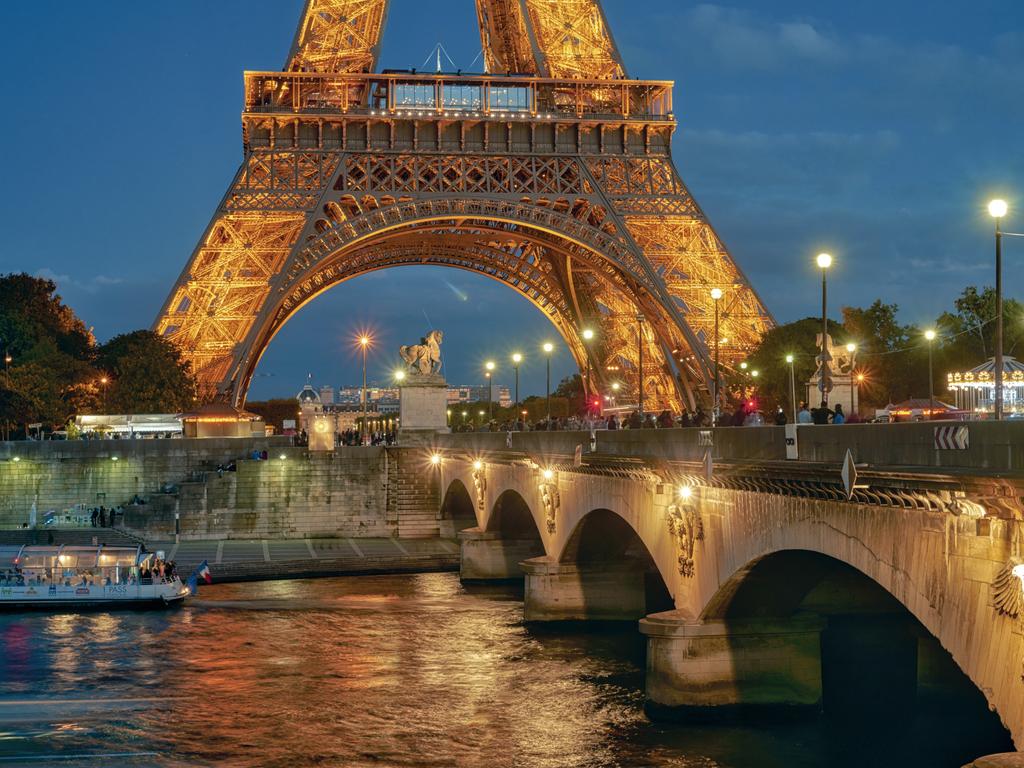
Tourists may not be aware that taking photographs of the Eiffel Tower at night is against the law.
The famous light show is copyright protected as it was created by the Société d’Exploitation de la Tour Eiffel (SETE).
However, you can still take photographs during the day – and there has never been any arrests for visitors who take night-time photos.
VAN GOGH MUSEUM, NETHERLANDS
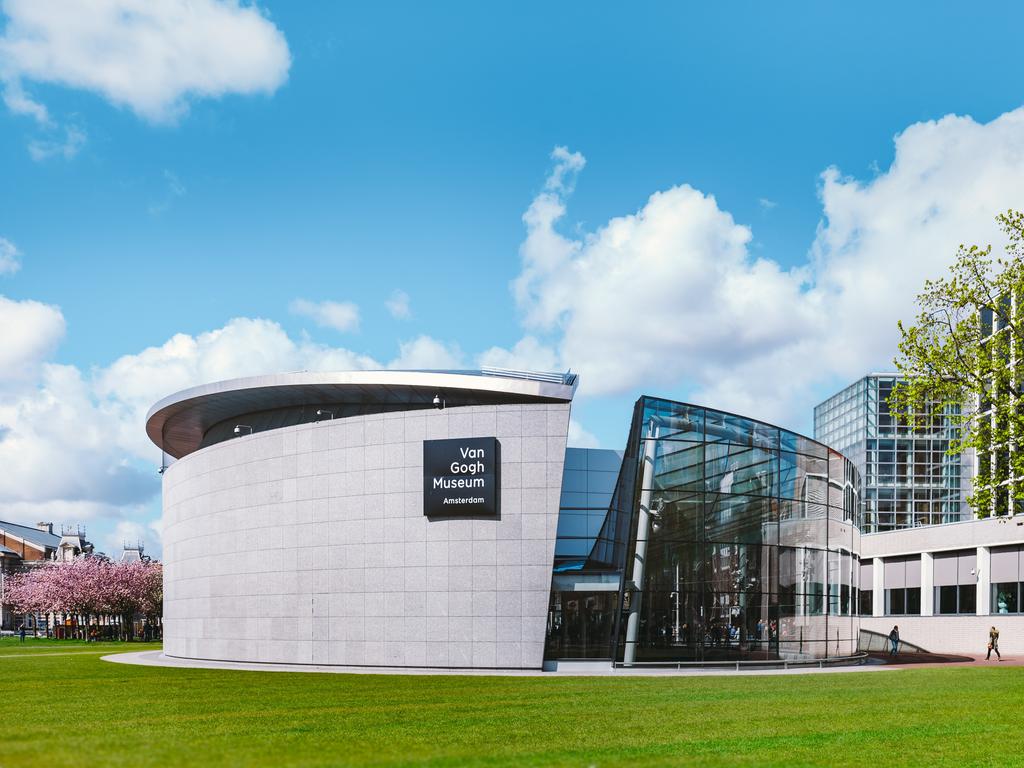
Many museums are banning photographs altogether, even if it just the flash which can damage artwork.
The Van Gogh Museum in Amsterdam is one of the few to not allow guests to take pictures of the artworks.
Instead, visitors can take pictures in the Entrance Hall or at the designated “selfie walls”.
And you can, of course, buy postcards and prints of your favourite artworks in the museum shop.
SISTINE CHAPEL, ITALY
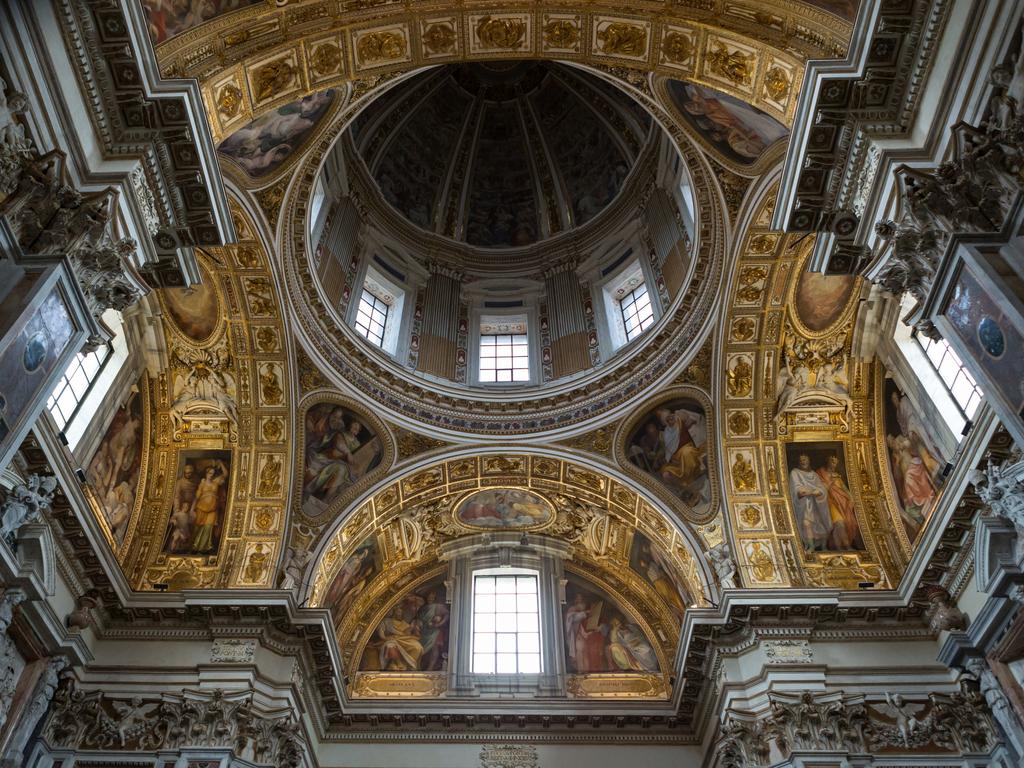
To prevent it from damage from camera flashes, the Sistine Chapel doesn’t allow any photography, including of the iconic ceiling painted by Michelangelo.
However, that isn’t the only reason – the 20-year renovation works were funded by Japanese TV channel Nippon who now have exclusive rights to the artwork, according to Mental Floss.
Despite their licence to the paintings having expired, the ban remains in place and you will be publicly shamed if caught and removed from the chapel.
VALLEY OF THE KINGS, EGYPT
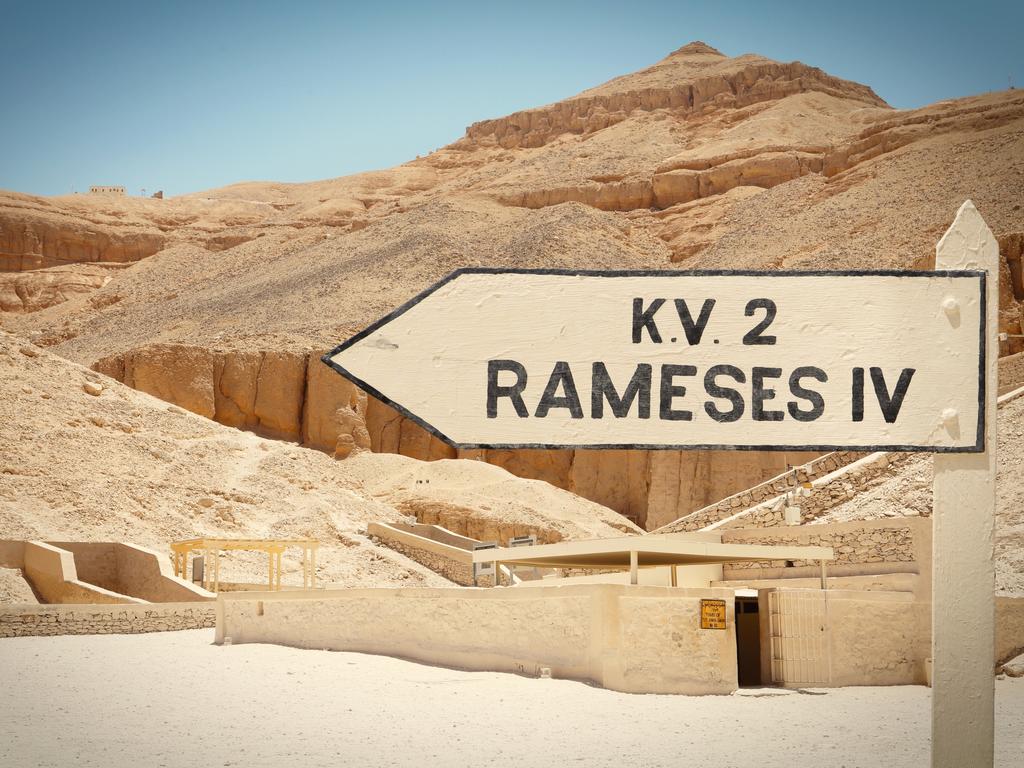
Egypt’s photography ban at the Valley of the Kings is to protect the structures.
However, visitors can now buy photo permits allowing them to take non-flash pictures.
Be warned, though – if you try to take photographs without a permit, security could threaten you with jail time.
SACRÉ COEUR, FRANCE
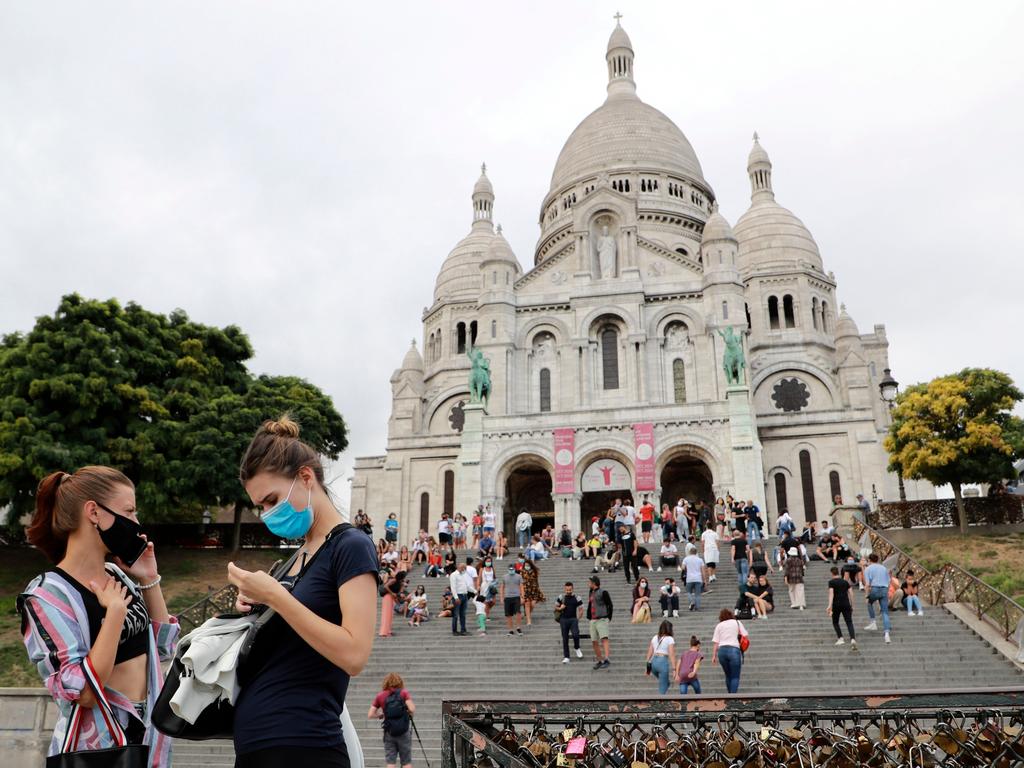
The famous Sacré Coeur in Paris bans visitors from taking photographs inside due to others wanting to pray there.
As a Roman Catholic church – built in 1914 – it remains a holy area.
The website states it wishes to “preserve an appropriate atmosphere for prayer”. Flout the rules and you’ll be kicked out.
MAI KHAO BEACH, THAILAND
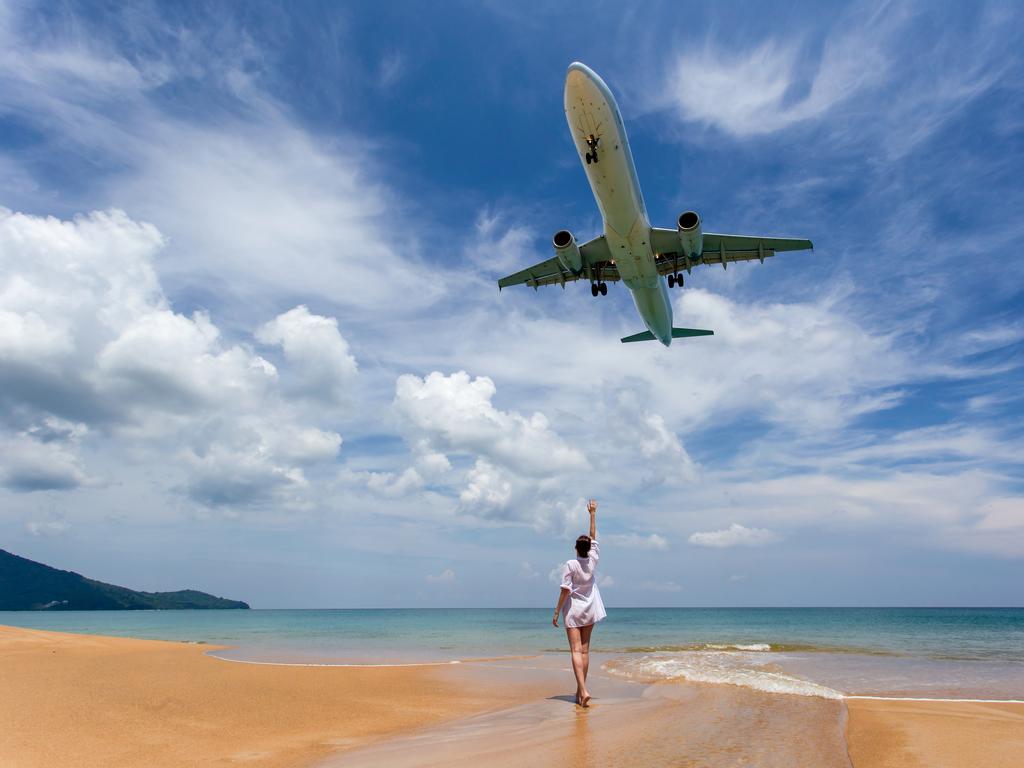
Mai Khao Beach in Phuket, Thailand was a popular selfie location due to its proximity to the airport, meaning extremely low-flying planes.
But, worried tourists taking photos was a distraction for pilots, authorities banned photography on the beach. And the penalties range from fines and jail time, to a quite severe punishment.
“The maximum penalty is the death sentence,” Phuket airport deputy chief Wichit Kaeothaithiam told the Bangkok Post.
GION STREET, JAPAN
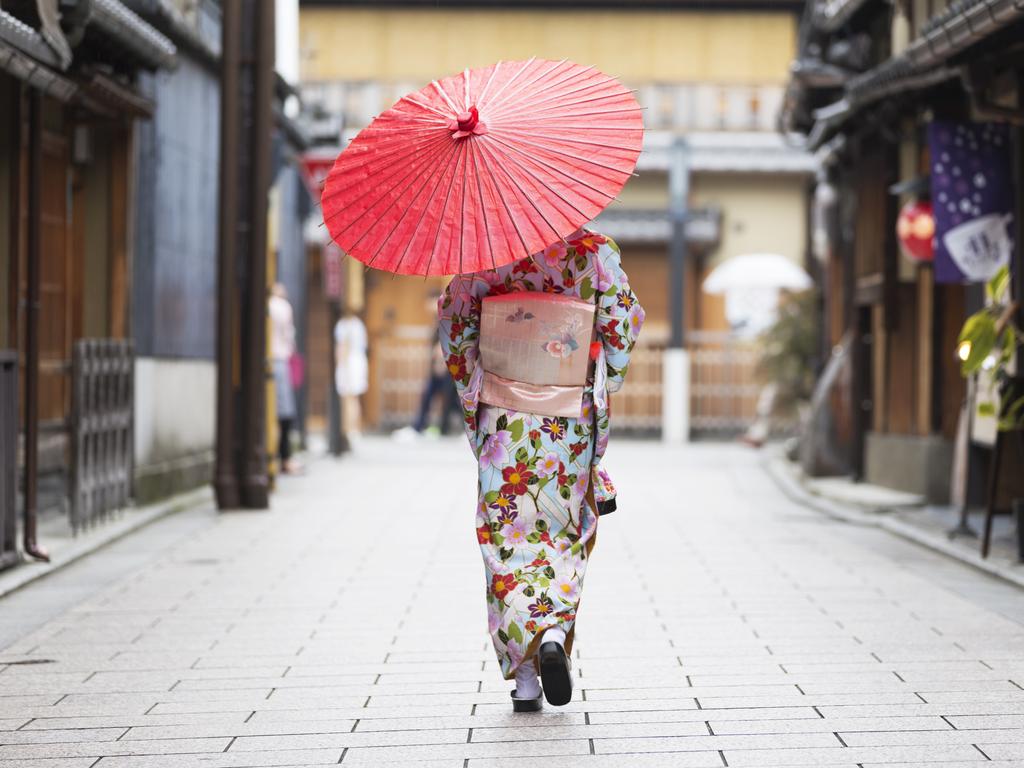
Tourists in Japan are warned not to take pictures in the Gion district in Kyoto.
Fines up to $127 could be issued after a number of harassment claims against geishas in the area.
Some of the working geishas claimed they had been followed and chased down the streets, which led to the ban.
ANNE FRANK HOUSE, NETHERLANDS
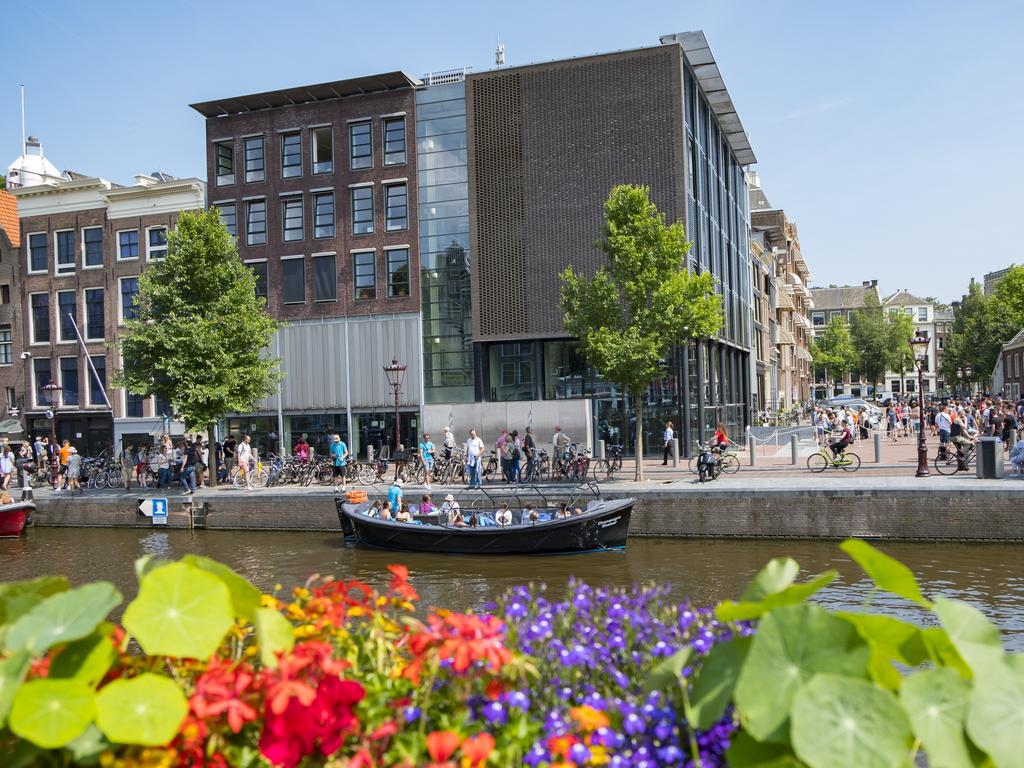
Another spot in Amsterdam that bans photography is the Anne Frank House.
The museum has the rule to both protect the artefacts in the attraction as well as to avoid distracting others who are there to reflect.
Pictures of the exterior are fine though.
HANOI TRAIN STREET, VIETNAM
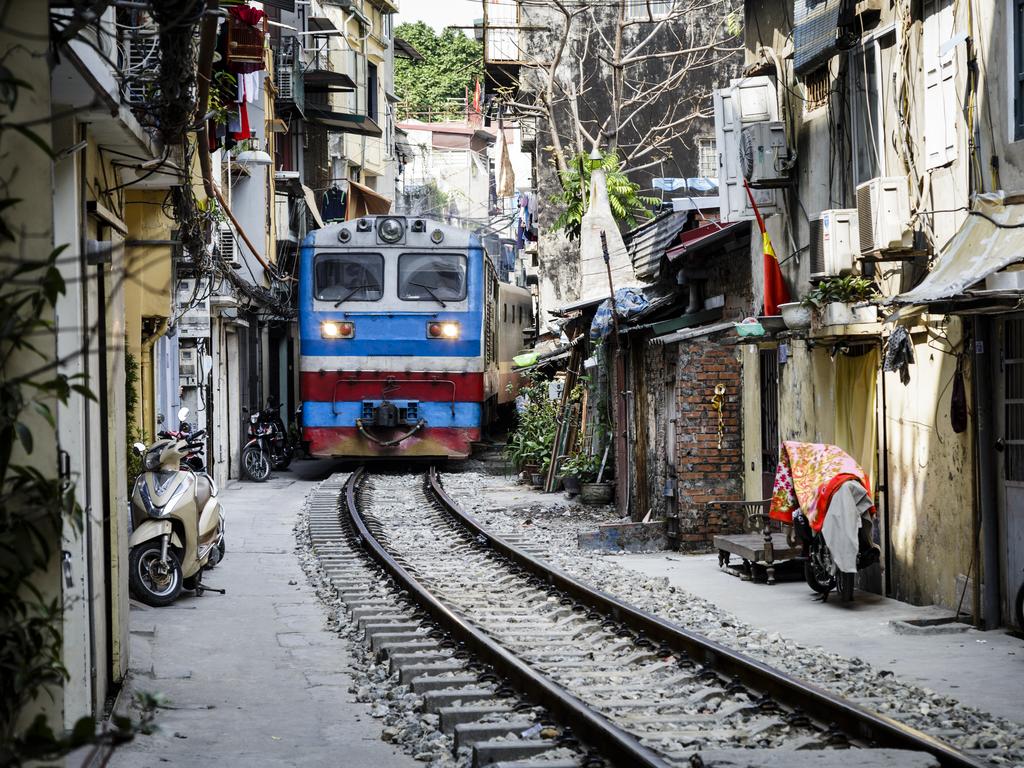
A street in Hanoi banned tourists from taking selfies after they were risking their lives in front of a slow moving train that runs through it.
The famous “train street” in the old quarter issued the ban after a train was forced to make an emergency stop due to the abundance of tourists.
Signs and barriers now warn visitors to not take photographs on the tracks with police blocking Instagrammers from entering.
This article originally appeared on The Sun and was reproduced with permission

